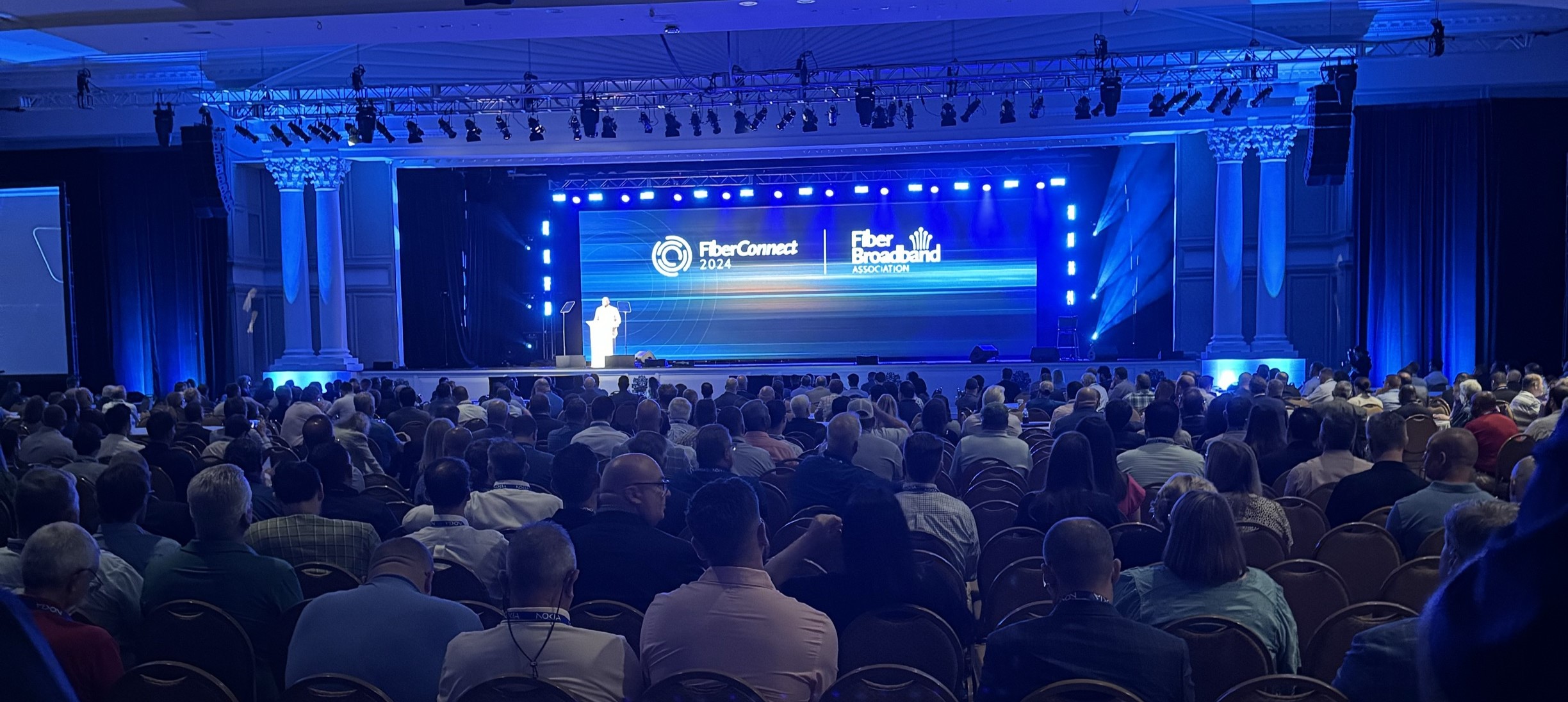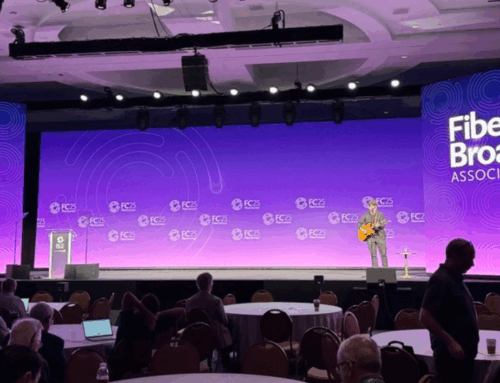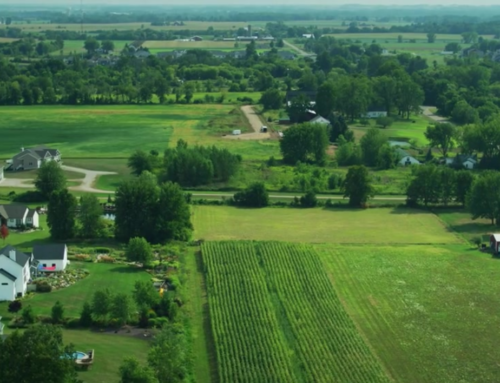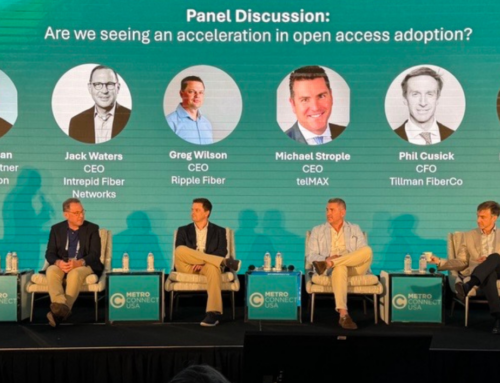
Innovators, tech aficionados, and visionaries—everyone gathered to discuss the latest developments, challenges, and opportunities in the fiber optics industry.
Fiber Connect 2024 is a cornerstone event for anyone involved in fiber optics: professionals, experts, and enthusiasts alike. The annual conference provides a valuable hub to discuss, examine, and influence the future of connectivity.
Fiber Connect brings together varied perspectives from the realm of telecommunications, data centers, and technology sectors. Attendees participate in enlightening sessions, exchange insights, and collaborate on cutting-edge solutions. Whether the focus is on quantum computing, digital equity, or middle mile networks, this key industry event fosters innovation and drives progress.
In our increasingly connected world, a robust fiber infrastructure is essential. Fiber Connect showcases the latest trends, challenges, and best practices, helping businesses, governments, and communities build resilient networks. From closing the digital divide to preparing for quantum advancements, this conference is shaping the future of connectivity.
Bridging the Digital Divide
Joe Hickey, President of PomeGran, highlighted a critical issue at Fiber Connect: the significant disparity in internet access between urban and rural or Indigenous communities. While urban areas enjoy high-speed internet, remote regions struggle with limited connectivity. This digital divide affects crucial areas such as healthcare, education, economic opportunities, and social connections. Reliable internet is not a luxury; it is essential for telemedicine, online education, remote work, and maintaining vital relationships. Without addressing this gap, these communities remain at a significant disadvantage.
Highlights from Fiber Connect 2024
Quantum Computing: Advancing Future Networks
Dr. Duncan Earl, CTO of Qubitekk, captivated audiences with his insights into quantum computing. His presentation delved into the quantum realm, where qubits operate under unique principles, promising transformative advancements in computing. The potential of quantum technology is immense, offering a glimpse into a world where current computational limits are surpassed.
Consider the early days of Arpanet in 1969, which connected just four sites. By 1985, it had evolved into the early internet, linking researchers, universities, and pioneers. A significant milestone was when The World became the first commercial company to join this interconnected network. This evolution highlights how far we’ve come and sets the stage for future advancements in network technology.
The quantum revolution is on the horizon, promising to redefine our digital landscape with unbreakable encryption, ultra-fast communication, and extraordinary computational power. Imagine teleporting information across vast distances and solving complex problems that classical computers cannot. This future is not far off, as quantum technology continues to advance rapidly.
NTIA’s Vision: Crafting a Connected Future
Secretary of Commerce Davidson presented the National Telecommunications and Information Administration’s (NTIA) vision for a connected future. In the ongoing race between fiber and wireless, NTIA places its bets on fiber. Fiber is the backbone, the sturdy highway capable of managing the growing data demand, whether it’s for streaming videos or enabling telemedicine. The emphasis is on a fiber-first approach, envisioning a cascade of technologies.
First, there’s fiber as the gold standard. Then, coaxial cables guide data along. Fixed wireless access (FWA) bridges gaps where fiber is unavailable. Lastly, Low Earth Orbit (LEO) satellites orbit around in our skies, enhancing connectivity. NTIA makes another thing certain: the mission isn’t just about the technology, it’s about the people. With $1 billion in digital equity grants targeting the elderly, veterans, and minorities, NTIA aims to ensure everyone has access to the digital world.
The call to action is clear: we need 75,000 technicians to build the nationwide network. It’s a rallying cry to connect and empower communities across the country, ensuring that no one is left behind in this digital age.
Middle Mile Networks: Overcoming Obstacles
Middle mile networks, the often-overlooked segment of connectivity, are crucial for seamless data transmission. Data centers buzzed with activity as experts dissected this segment. Here’s what we learned:
- Virginia data centers and Elon Musk’s Memphis marvel demand more bandwidth than ever. The average service provider bandwidth per subscriber now stands at 7 Mbps.
- Consortium networks face numerous challenges, including right-of-way (ROW) battles and construction issues. Overcoming these obstacles requires dedicated teams experienced in transport and middle mile networks, as well as substantial funding.
- Collaboration is key to success. LIT Networks LLC, with its six partners, operates in harmony with Atlanta’s rhythm. Diamond State Networks, interconnecting 60,000 miles in Arkansas, demonstrates that unity drives progress. Funding is available to support this digital journey, making collaboration and dedicated efforts essential.
Building a New Model for Value Creation
In the rapidly changing world of connectivity, ISPs are expanding their roles far beyond simply providing internet access. They now offer an array of services including cloud storage, cybersecurity, and video streaming. Looking ahead, we can expect a greater focus on community involvement, disaster preparedness, and tailored user experiences. With GenAI increasingly attuned to the needs of subscribers, the path to a fully connected future is unfolding.
Embracing a Connected Future
The future of fiber is bright, with quantum computing, NTIA’s vision for a connected future, advancements in middle mile networks, and new models for value creation leading the way. These developments promise to revolutionize how we interact with the digital world, ensuring that everyone has access to cutting-edge technology and seamless connectivity. The digital landscape is set to transform, and the journey is just beginning.




